Home>Furniture & Design>Interior Design Trends>How Thick Is Window Glass
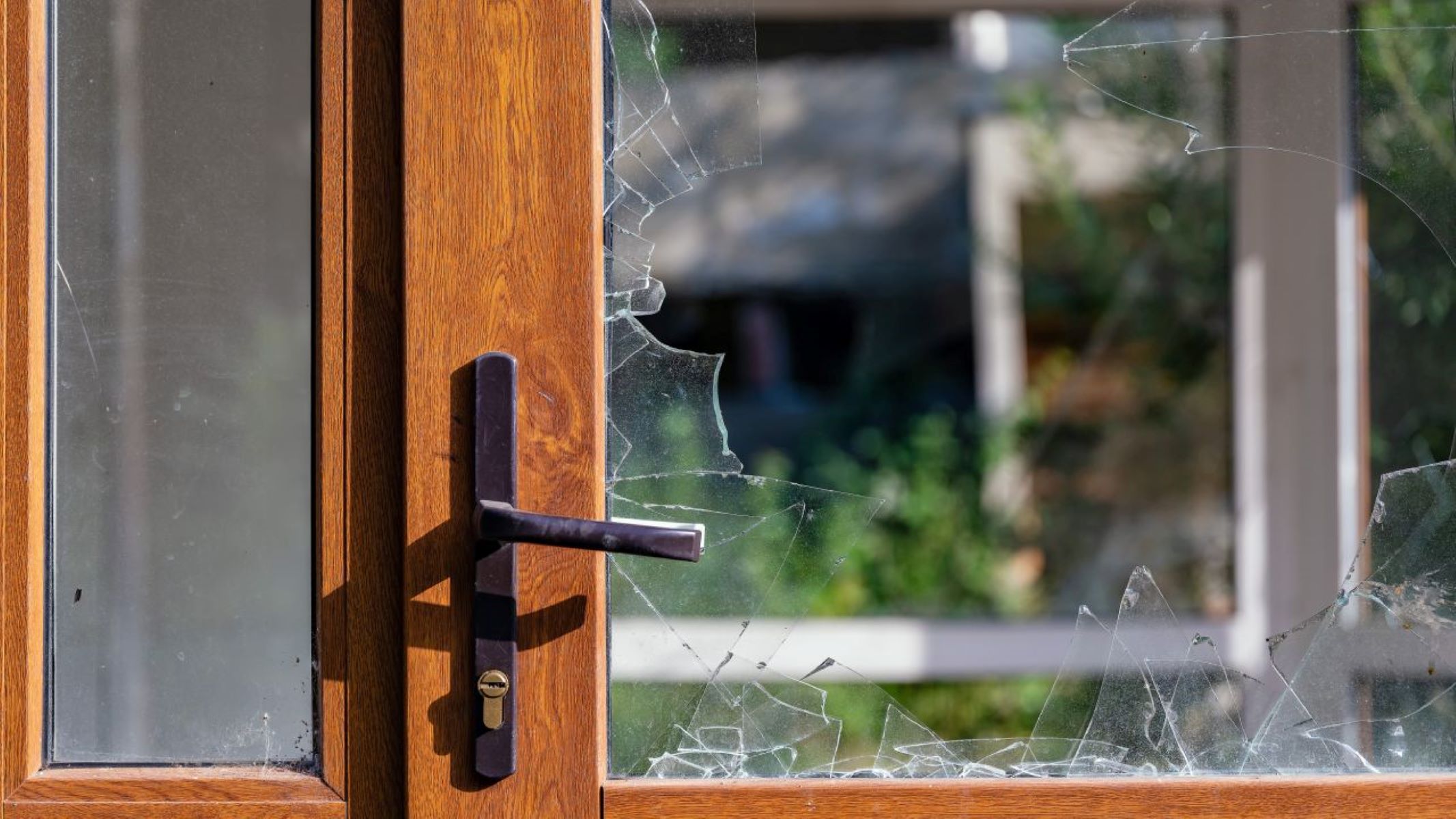

Interior Design Trends
How Thick Is Window Glass
Modified: March 23, 2024
Discover the latest interior design trends with insights on window glass thickness. Enhance your space with the perfect balance of style and functionality.
(Many of the links in this article redirect to a specific reviewed product. Your purchase of these products through affiliate links helps to generate commission for Storables.com, at no extra cost. Learn more)
Introduction
When it comes to the construction and design of a building, every element plays a crucial role in determining its functionality, aesthetics, and overall performance. One such essential component is window glass, which serves as a gateway to natural light, ventilation, and visual connectivity with the external environment. The thickness of window glass is a critical consideration that directly impacts its strength, insulation properties, and ability to withstand external forces.
Understanding the significance of window glass thickness is essential for homeowners, architects, and interior designers alike. It not only influences the structural integrity of the windows but also contributes to energy efficiency, sound insulation, and overall comfort within a space. Whether you are embarking on a new construction project or contemplating a renovation, delving into the realm of window glass thickness can provide valuable insights into optimizing the performance and longevity of your windows.
In this comprehensive guide, we will explore the standard thickness of window glass, delve into the factors that influence the choice of glass thickness, and offer practical tips for selecting the right thickness for your specific needs. By gaining a deeper understanding of this fundamental aspect of window design, you will be better equipped to make informed decisions that align with your aesthetic preferences, functional requirements, and long-term sustainability goals. Let's embark on a journey to unravel the nuances of window glass thickness and its pivotal role in shaping the built environment.
Key Takeaways:
- Window glass thickness varies for different needs: residential, commercial, and specialty applications. It impacts strength, insulation, and safety, so choose wisely for your specific requirements.
- Factors like structural needs, energy efficiency, and aesthetics influence window glass thickness. Consider these factors to make informed decisions for a comfortable, safe, and visually appealing space.
Read more: How Thick Is Bulletproof Glass
Standard Thickness of Window Glass
The standard thickness of window glass varies depending on the specific application and performance requirements. Typically, residential window glass is available in thicknesses ranging from 3mm to 10mm, with 4mm and 6mm being the most commonly used options. These standard thicknesses are well-suited for various window types, including single-pane and double-pane windows, and they strike a balance between durability, insulation, and cost-effectiveness.
For commercial and architectural applications, the standard thickness of window glass tends to be greater, often ranging from 6mm to 12mm or more. This increased thickness is essential for enhancing structural integrity, improving sound insulation, and meeting safety standards in high-traffic areas or buildings with specific security requirements.
In the realm of specialty glass, such as tempered or laminated glass, the standard thicknesses are tailored to meet stringent safety regulations and performance criteria. Tempered glass, known for its exceptional strength and safety features, is typically available in thicknesses ranging from 4mm to 12mm, while laminated glass, renowned for its resistance to impact and penetration, is commonly found in thicknesses ranging from 6.4mm to 13.52mm.
It's important to note that the standard thickness of window glass may also be influenced by regional building codes, climate considerations, and architectural design preferences. For instance, areas prone to extreme weather conditions or high wind loads may necessitate thicker window glass to ensure structural resilience and energy efficiency.
In summary, the standard thickness of window glass encompasses a diverse range of options tailored to meet the specific demands of residential, commercial, and specialty applications. By understanding the standard thicknesses available and their respective benefits, homeowners, architects, and interior designers can make informed decisions when selecting window glass that aligns with their performance expectations and design vision.
Factors Affecting Window Glass Thickness
The selection of window glass thickness is influenced by a myriad of factors that encompass functional, aesthetic, and environmental considerations. Understanding these factors is pivotal in making informed decisions that optimize the performance and longevity of window systems. Let's delve into the key determinants that shape the choice of window glass thickness:
-
Structural Requirements: The structural integrity of window glass is a primary consideration, especially in architectural designs that feature expansive glass facades or windows in high-traffic areas. Thicker glass is often preferred to enhance the overall strength and durability of the windows, ensuring they can withstand external forces and maintain their integrity over time.
-
Energy Efficiency: Window glass thickness plays a crucial role in regulating heat transfer and improving energy efficiency within a building. Thicker glass provides enhanced insulation, reducing heat loss during colder months and minimizing heat gain in warmer climates. This directly impacts the building's overall energy consumption and contributes to sustainable design practices.
-
Sound Insulation: In environments where noise control is paramount, such as urban settings or buildings located near transportation hubs, the thickness of window glass becomes a critical factor. Thicker glass has superior sound-dampening properties, effectively reducing external noise infiltration and creating a quieter, more comfortable indoor environment.
-
Safety and Security: The thickness of window glass directly influences its ability to resist impact and intrusion. In applications where safety and security are paramount, such as storefronts, public buildings, or hurricane-prone regions, thicker glass, or specialized laminated glass, is often specified to enhance protection against forced entry, vandalism, or extreme weather events.
-
Aesthetic Considerations: The desired visual impact and design aesthetic also play a role in determining the appropriate glass thickness. For modern architectural designs that emphasize sleek, minimalist profiles, thinner glass may be favored to achieve a seamless, unobtrusive look. Conversely, traditional or industrial-inspired spaces may benefit from the visual presence of thicker glass, adding a sense of solidity and architectural gravitas.
-
Environmental Factors: Regional climate conditions, including temperature differentials, wind loads, and exposure to UV radiation, can influence the optimal thickness of window glass. Areas prone to severe weather may require thicker glass to ensure resilience against impact and maintain thermal performance, while regions with intense sunlight may benefit from thicker glass with enhanced UV protection.
By comprehensively considering these factors, stakeholders involved in the design and specification of window systems can make informed decisions regarding the appropriate thickness of window glass. This holistic approach ensures that the selected glass thickness aligns with the specific functional, aesthetic, and environmental requirements of the project, ultimately contributing to the overall performance and longevity of the building's fenestration systems.
Window glass is typically between 3mm to 10mm thick, with double-glazed windows being around 12mm to 28mm thick. Thicker glass provides better insulation and soundproofing.
Choosing the Right Thickness for Your Window Glass
Selecting the appropriate thickness for your window glass is a pivotal decision that encompasses a multitude of considerations, ranging from structural requirements to energy efficiency and aesthetic preferences. By navigating through the diverse factors that influence glass thickness, you can make informed choices that align with the specific needs and goals of your project.
When embarking on the process of choosing the right thickness for your window glass, it's essential to conduct a comprehensive assessment of the functional and performance requirements. Consider the environmental context in which the windows will be installed, including regional climate conditions, exposure to external elements, and potential safety concerns. For instance, in areas prone to severe weather or high noise levels, opting for thicker glass can enhance structural resilience and sound insulation, contributing to a safer and more comfortable indoor environment.
Furthermore, evaluating the architectural and design vision of the space is crucial in determining the ideal glass thickness. Modern, minimalist designs may benefit from thinner glass, creating a seamless and understated aesthetic, while architectural styles that emphasize solidity and visual presence may call for thicker glass to achieve a sense of substance and permanence.
Energy efficiency is another critical factor to consider when selecting window glass thickness. Thicker glass offers superior insulation properties, reducing heat transfer and enhancing the overall energy performance of the building. By choosing the appropriate thickness that aligns with the desired level of thermal efficiency, you can contribute to sustainable design practices and optimize the building's energy consumption.
Safety and security considerations also play a significant role in the decision-making process. In applications where protection against forced entry, impact resistance, or blast mitigation is paramount, opting for thicker glass or specialized laminated glass can provide enhanced security features, offering peace of mind and safeguarding occupants and assets.
Ultimately, the process of choosing the right thickness for your window glass involves a holistic approach that integrates functional, aesthetic, and environmental factors. By carefully evaluating these aspects and seeking expert guidance when needed, you can make informed decisions that optimize the performance, longevity, and visual impact of your window systems, contributing to the overall success of your architectural or interior design project.
Conclusion
In conclusion, the thickness of window glass is a pivotal element that significantly influences the performance, safety, and aesthetic appeal of architectural spaces. By delving into the realm of window glass thickness, we have gained valuable insights into its multifaceted impact on structural integrity, energy efficiency, sound insulation, and overall design coherence. The standard thickness of window glass varies across residential, commercial, and specialty applications, offering a diverse range of options tailored to meet specific performance requirements and regional building codes.
The factors that influence the choice of window glass thickness encompass a comprehensive spectrum of considerations, including structural requirements, energy efficiency, sound insulation, safety and security, aesthetic preferences, and environmental factors. By comprehensively evaluating these determinants, stakeholders can make informed decisions that align with the functional, visual, and sustainability goals of their projects, ultimately contributing to the overall success and longevity of the building's fenestration systems.
Choosing the right thickness for window glass involves a holistic approach that integrates technical expertise, environmental context, and design vision. By carefully assessing the specific needs of the project and leveraging the diverse benefits offered by varying glass thicknesses, architects, interior designers, and homeowners can optimize the performance, comfort, and visual impact of their spaces. Whether it's enhancing structural resilience in the face of extreme weather, improving energy efficiency, or creating a harmonious visual dialogue with the surrounding environment, the selection of window glass thickness plays a pivotal role in shaping the built environment.
In essence, the journey to unravel the nuances of window glass thickness has illuminated its profound significance in the realm of architectural and interior design. By embracing the principles of informed decision-making and holistic design integration, stakeholders can harness the potential of window glass thickness to create spaces that are not only visually captivating but also sustainable, resilient, and conducive to the well-being of occupants. As we continue to navigate the evolving landscape of architectural trends and sustainability imperatives, the role of window glass thickness will remain a cornerstone in shaping spaces that inspire, protect, and endure for generations to come.
Frequently Asked Questions about How Thick Is Window Glass
Was this page helpful?
At Storables.com, we guarantee accurate and reliable information. Our content, validated by Expert Board Contributors, is crafted following stringent Editorial Policies. We're committed to providing you with well-researched, expert-backed insights for all your informational needs.

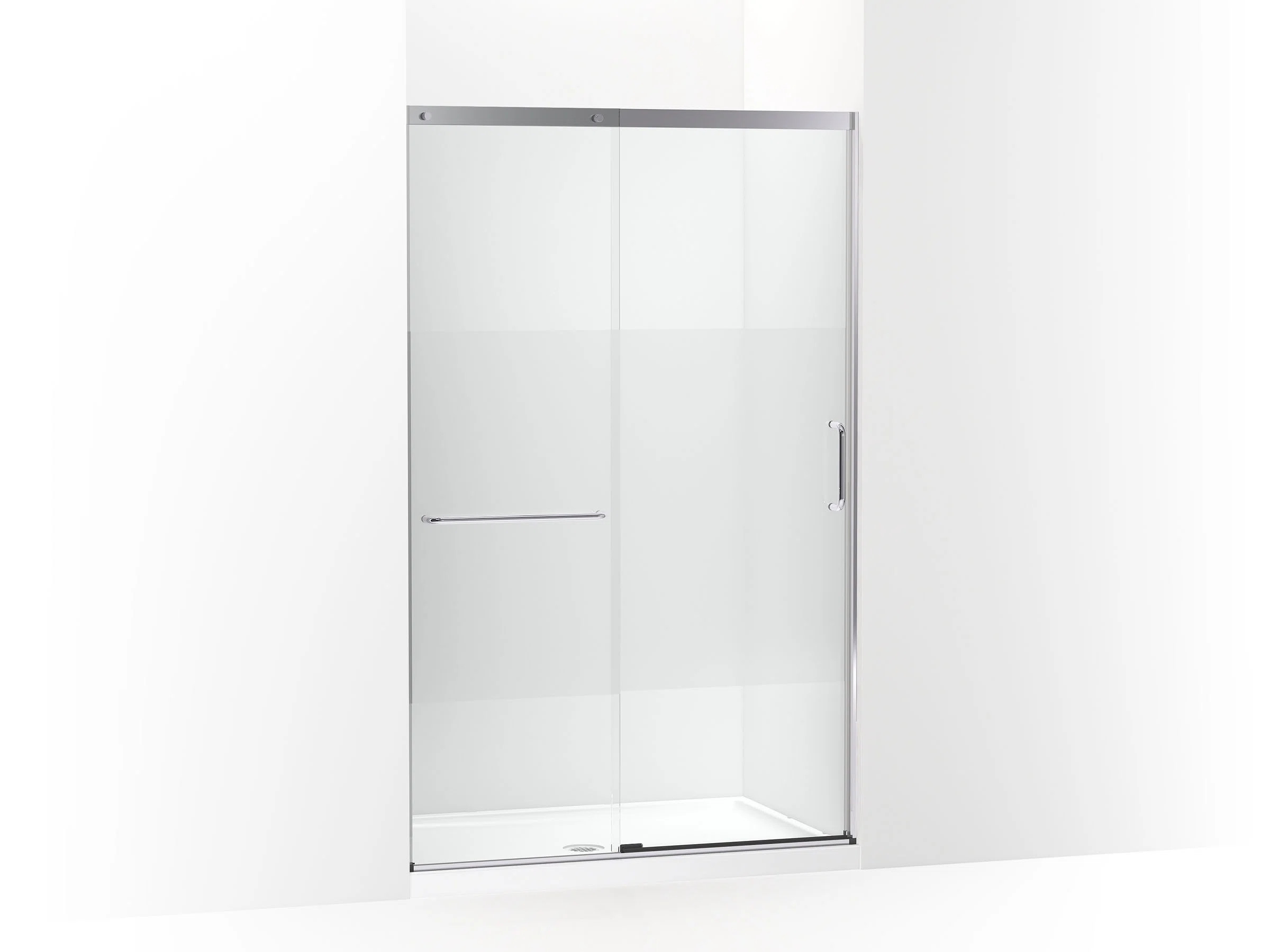



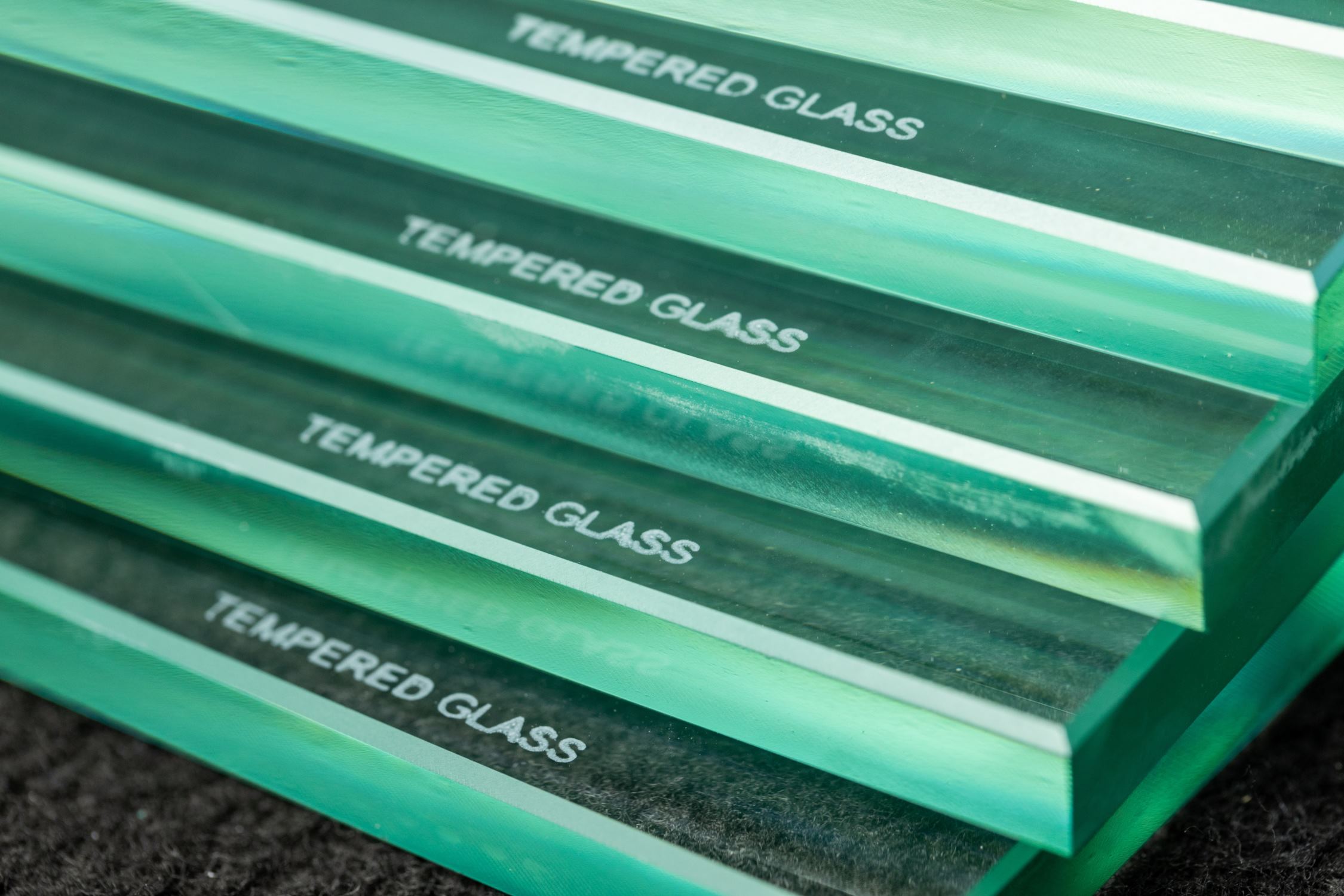

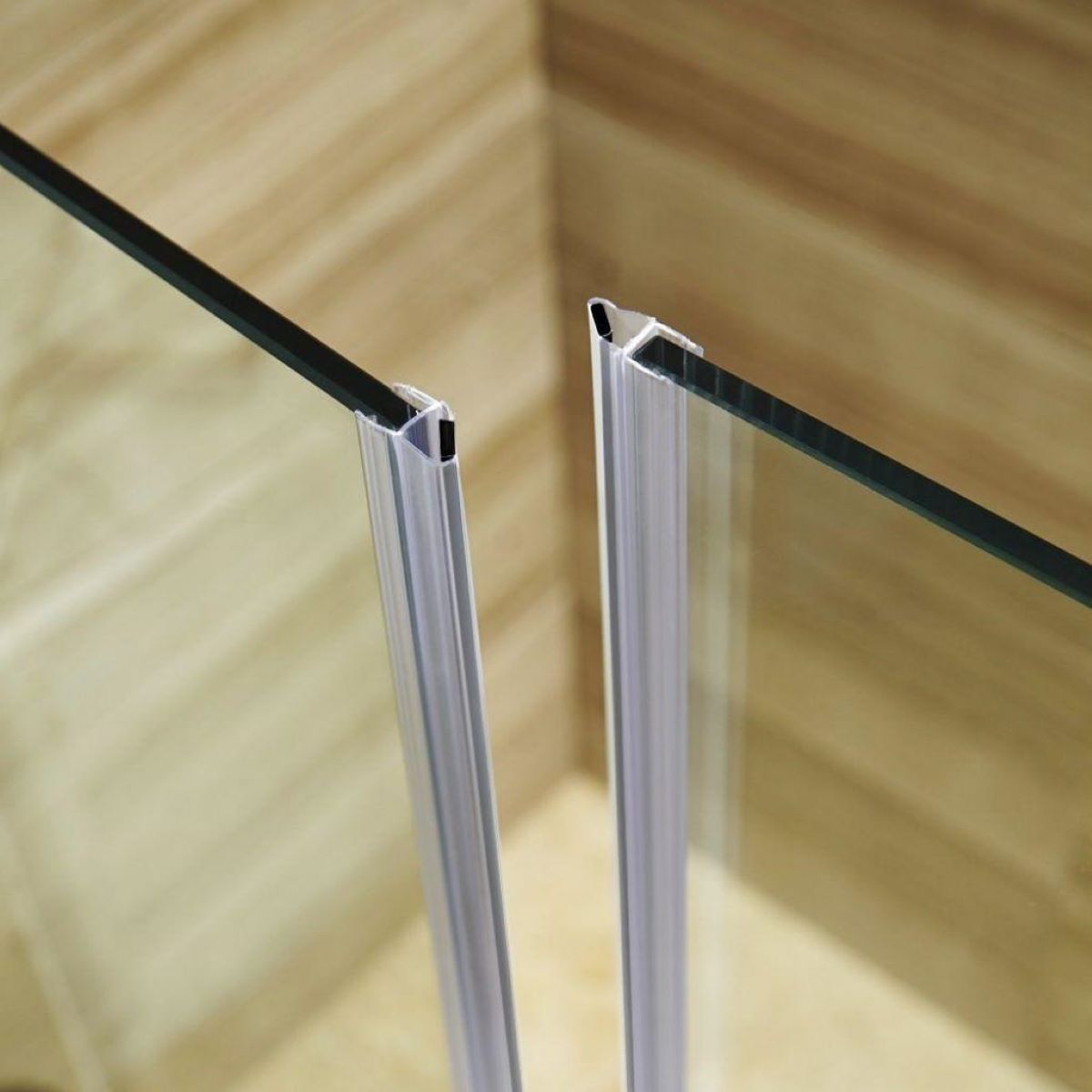
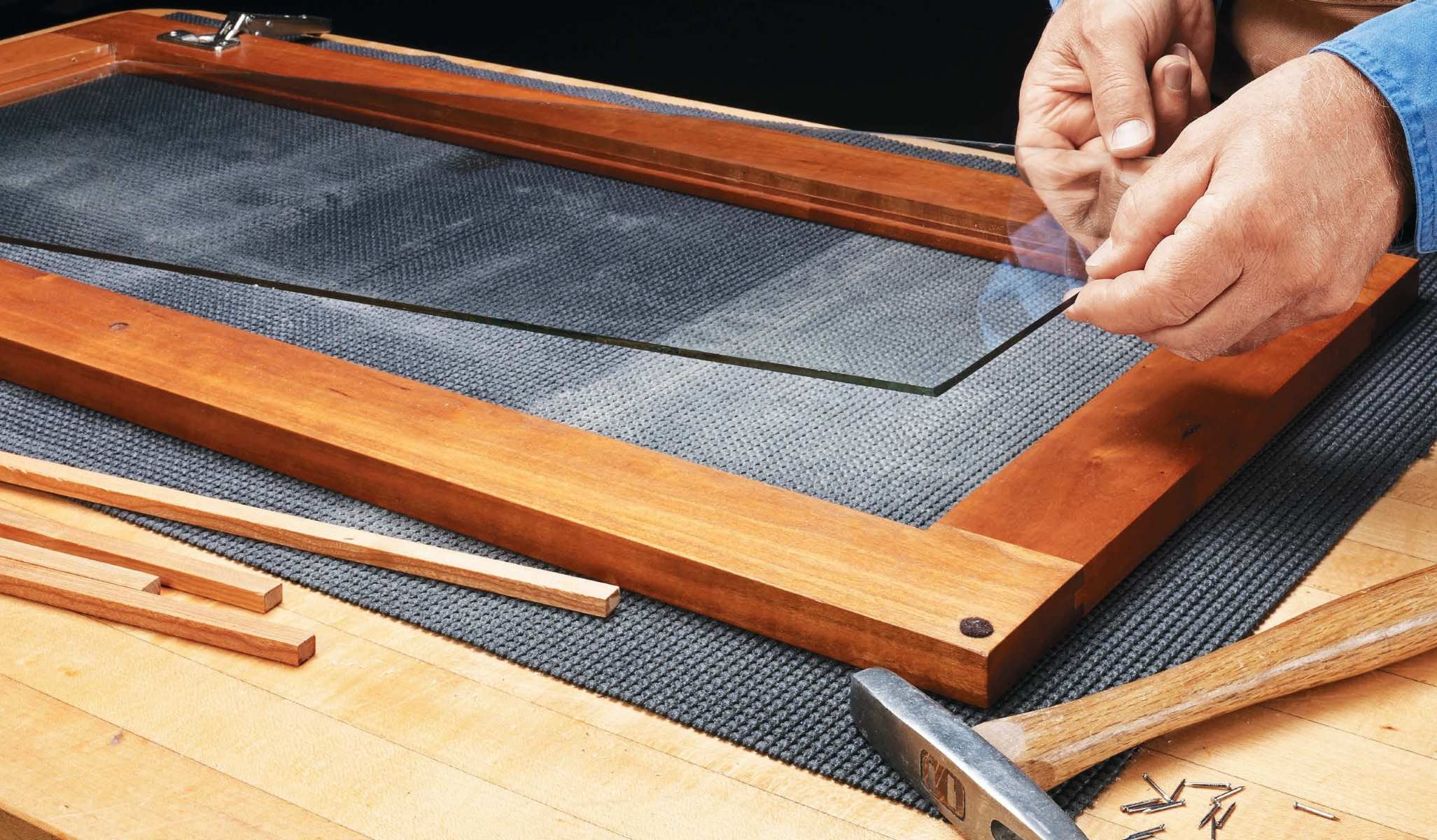
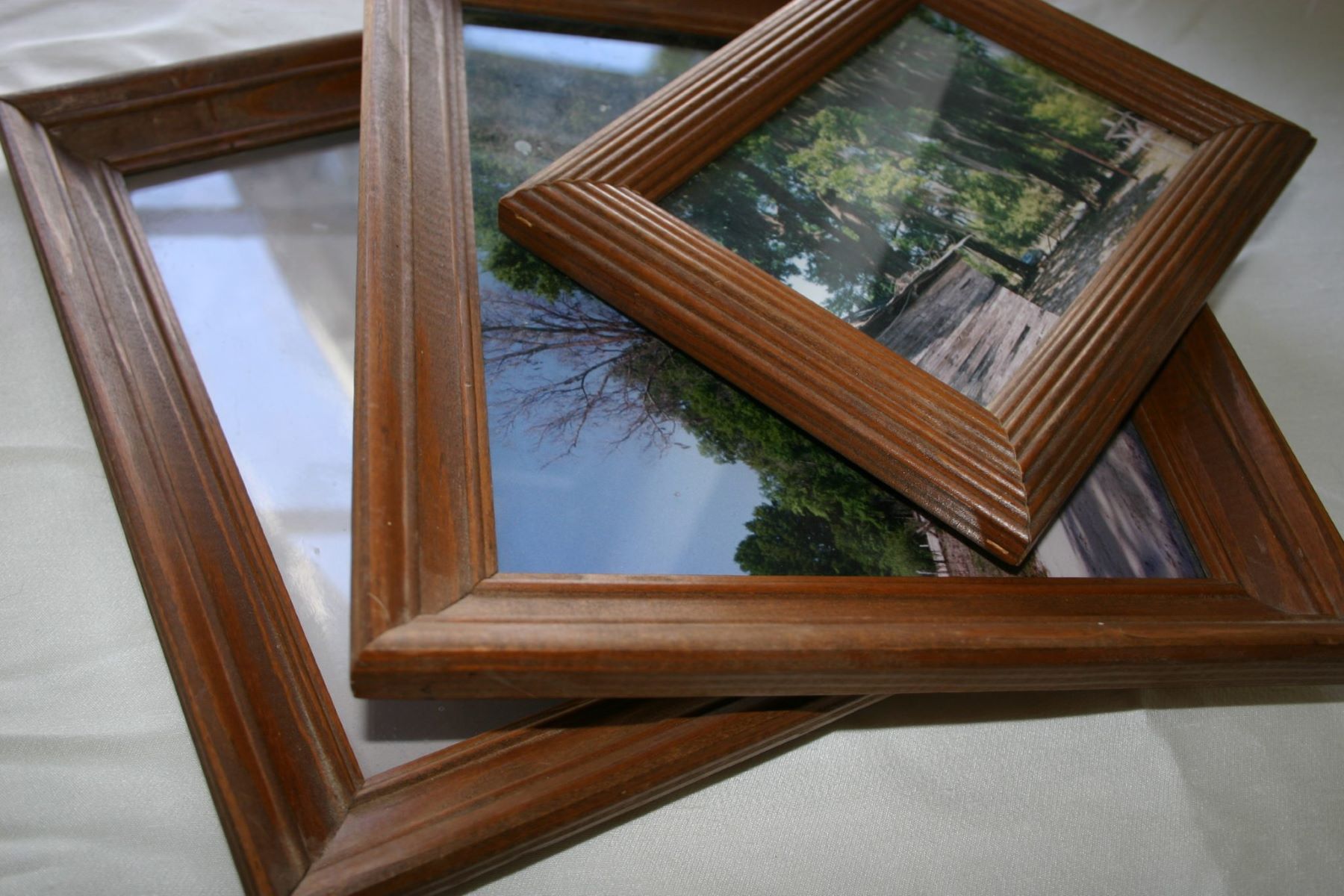
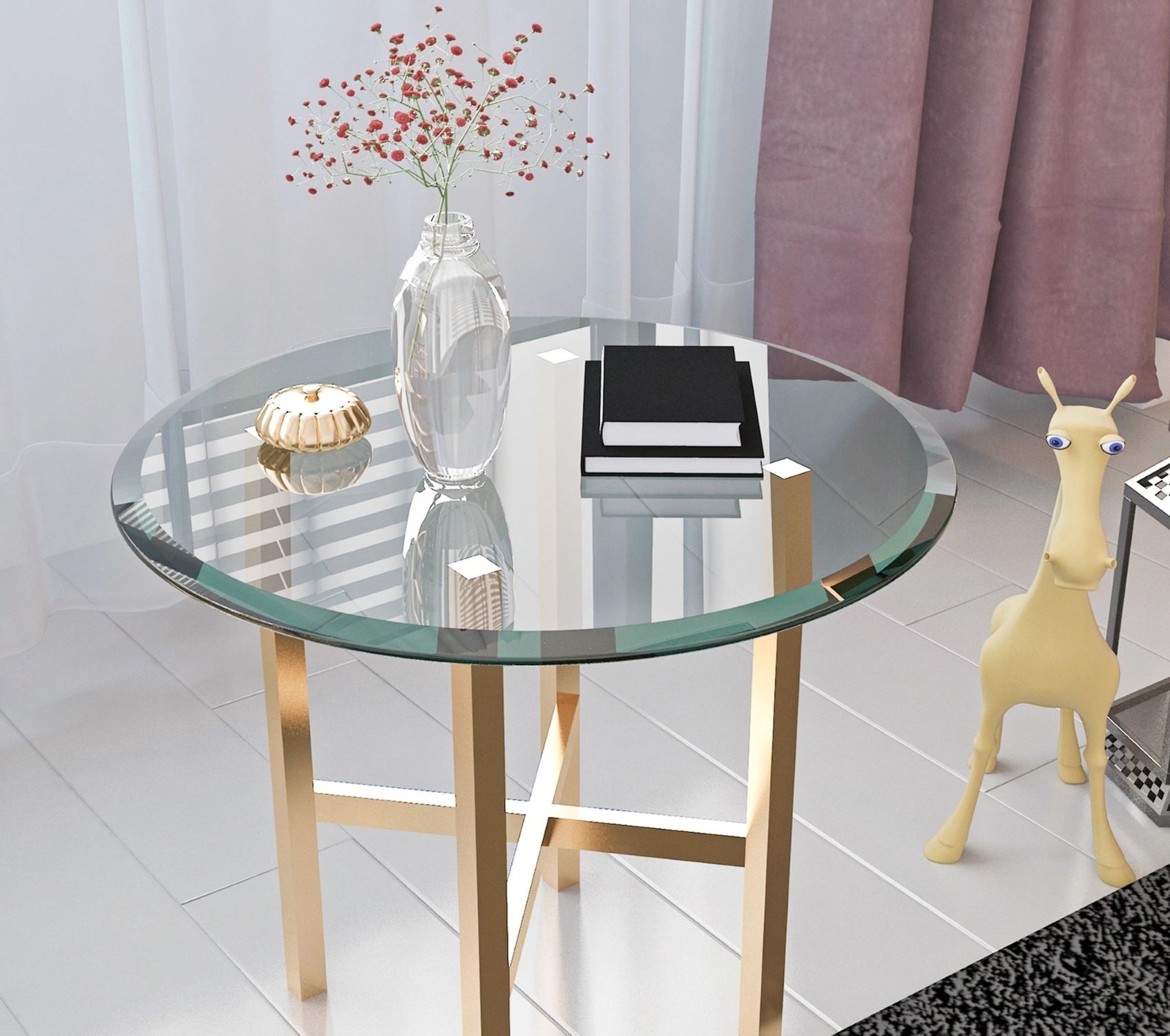
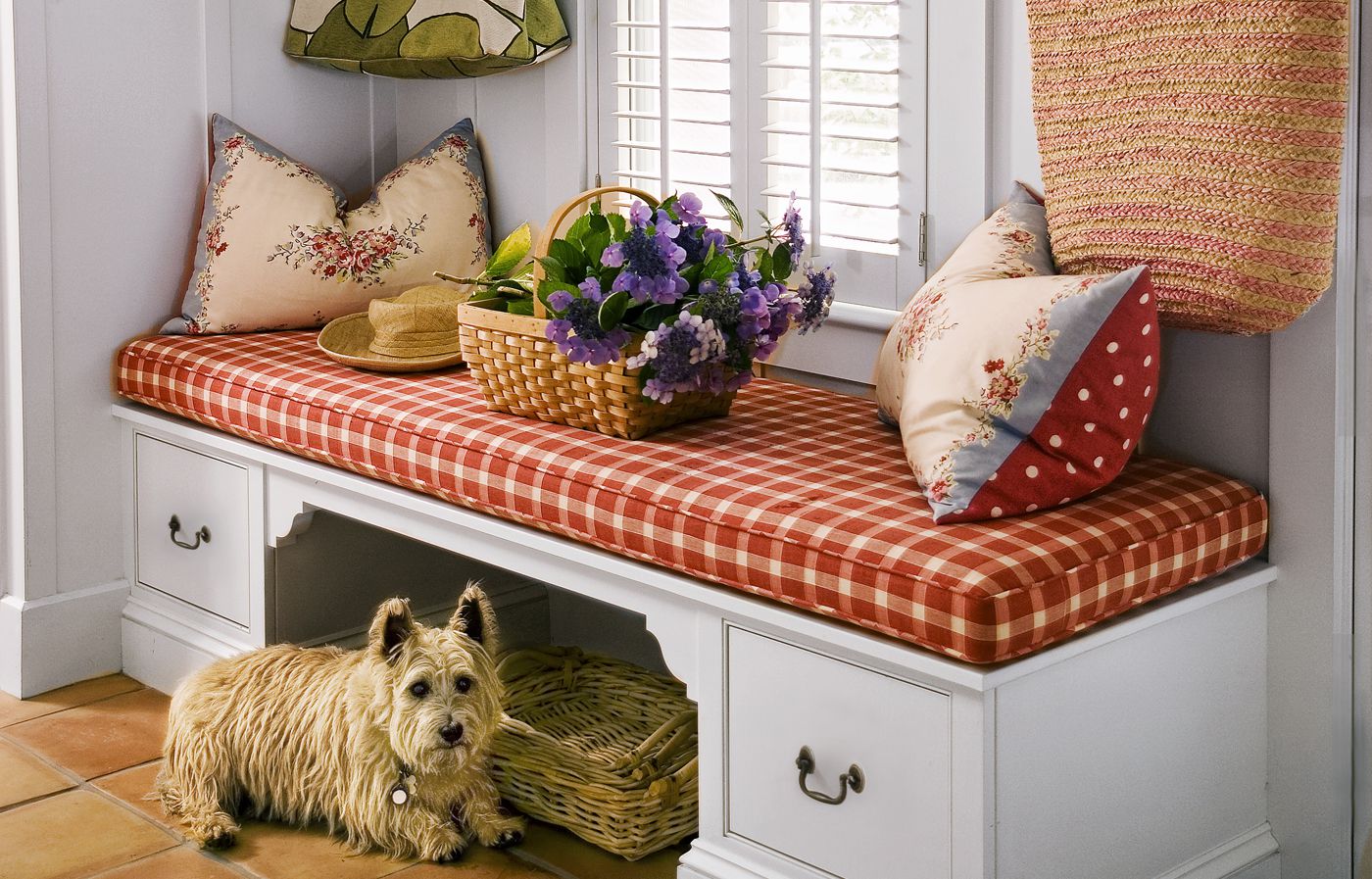
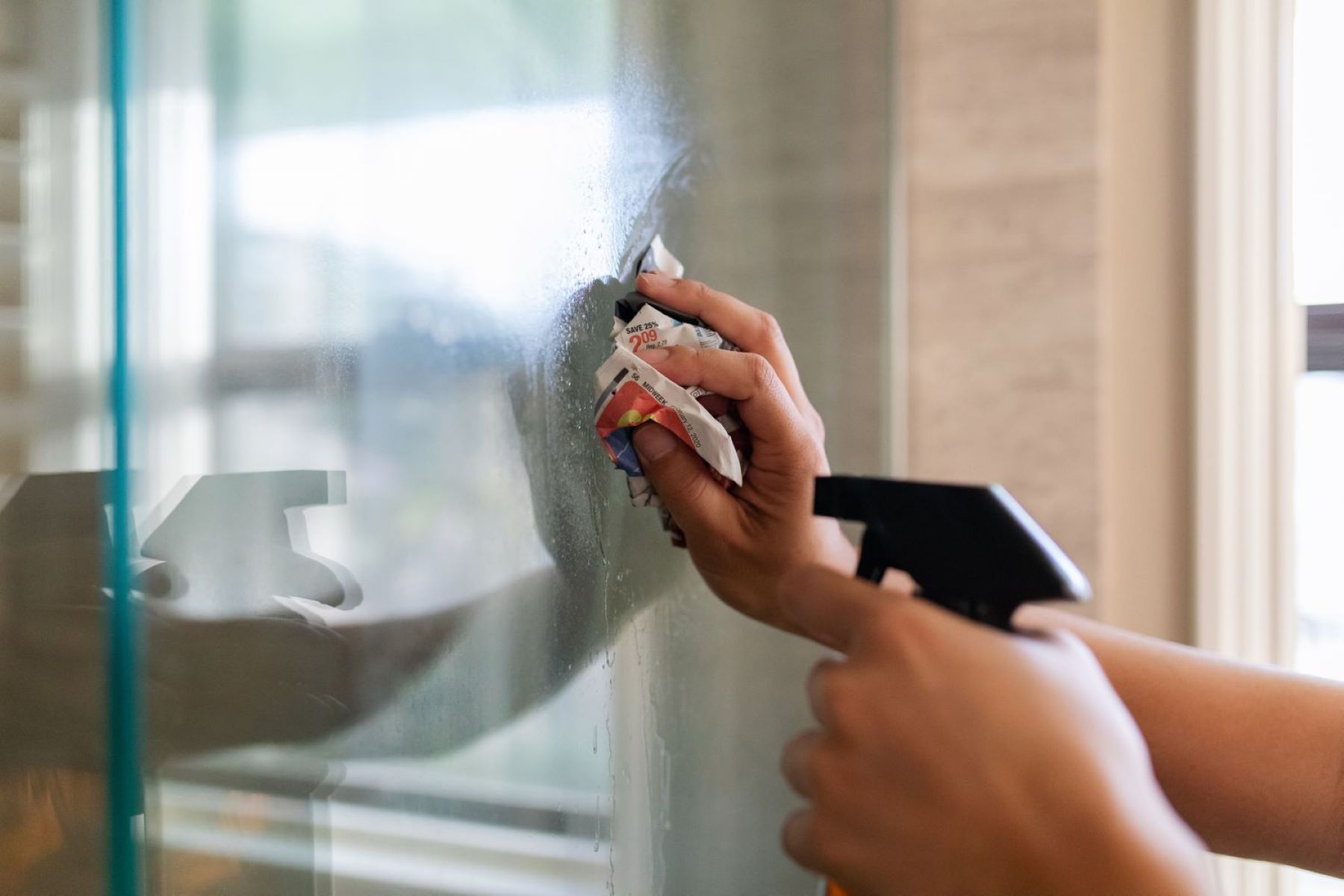

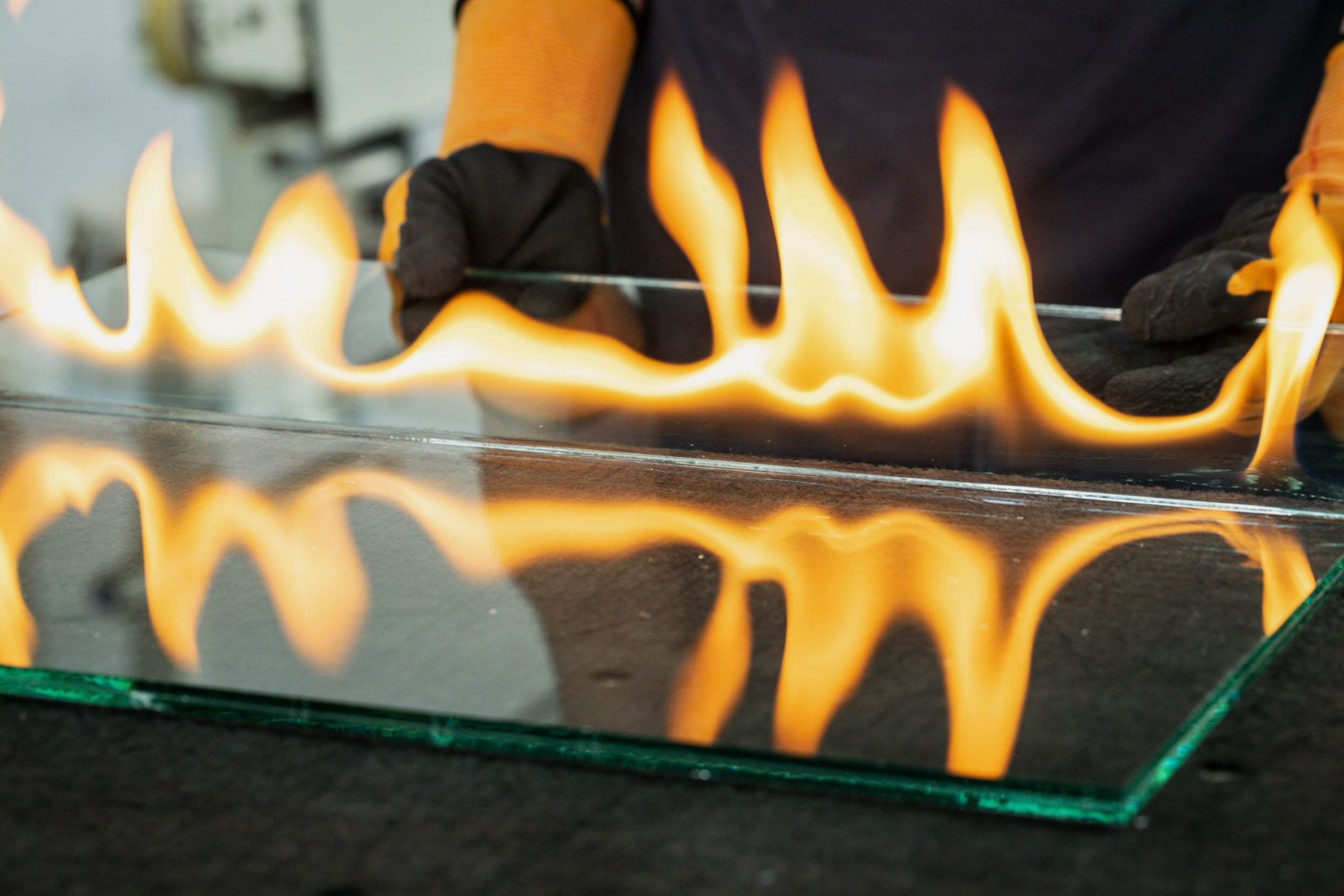

0 thoughts on “How Thick Is Window Glass”